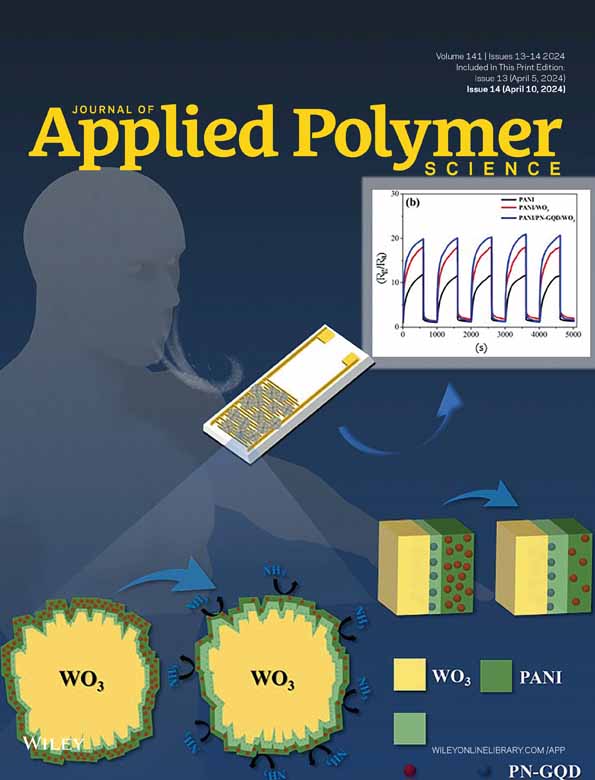Preparation of thermally stable and flame-retardant sugarcane bagasse-ammonium dihydrogen phosphate/epoxy composites and their performance
Shang-Hao Liu, the first author of this article, passed away on October 3, 2023, at the age of 37. We would like to thank him for his contribution through the publication of this paper. May he R.I.P. !!
Abstract
Epoxy resin was often applied in fiber-reinforced composite materials, adhesives, and encapsulation materials. However, epoxy was easily flammable and limited its usage in certain applications. The study recycled and reused agricultural waste sugarcane bagasse to prepare a halogen-free bio-based intumescent flame retardant and then mixed with epoxy resin to prepare a composite containing polymer with improved thermal properties and flame retardancy of the materials. The work followed the concept of circular economy and sustainability. Bagasse-ammonium dihydrogen phosphate (ADP) flame retardant was added to an epoxy resin to prepare epoxy/bagasse-ADP composites, an effective flame-retarding composite material through hydrothermal method. Adding bagasse-ADP increased the thermal stability and flame retardancy of the composite materials compared with that of pure epoxy. For the material with 30 wt% added bagasse-ADP, the char yield was 32.3 wt%, which was 18.2 wt% higher than that of pure epoxy (14.1 wt%) through thermogravimetric analysis. In addition, the limiting oxygen index increased from 21% to 30%, and the UL-94 classification improved from “Fail” to “V-0.” This performance was attributed to the nitrogen, phosphorus, and silicon content of the flame retardant.
CONFLICT OF INTEREST STATEMENT
The authors declare that they have no known competing financial interests or personal relationships that could have appeared to influence the work reported in this paper.
Open Research
DATA AVAILABILITY STATEMENT
The data that support the findings of this study are available from the corresponding author upon reasonable request.




